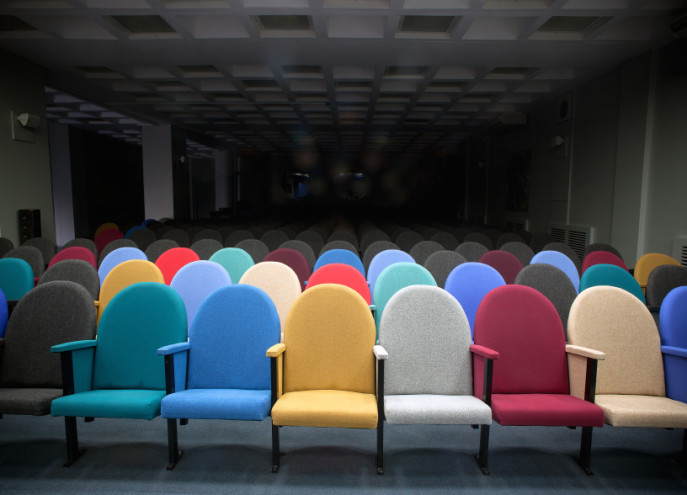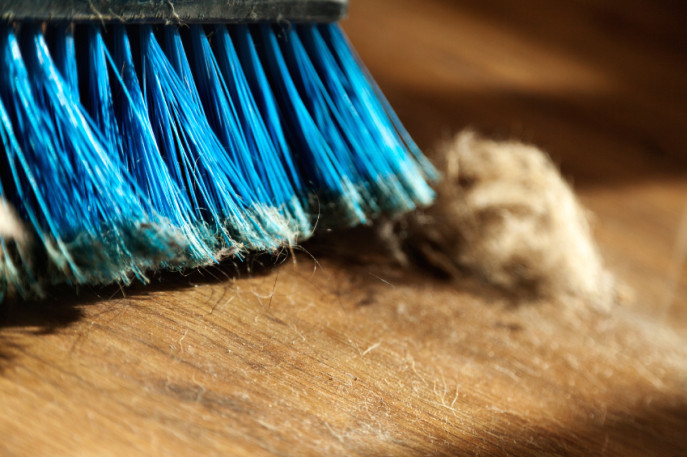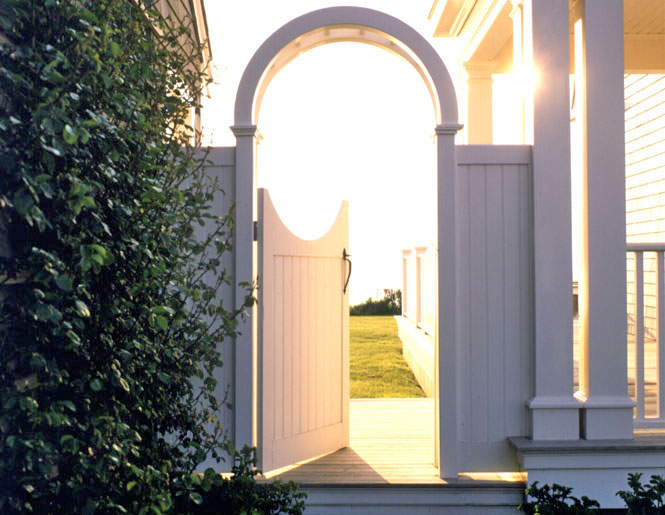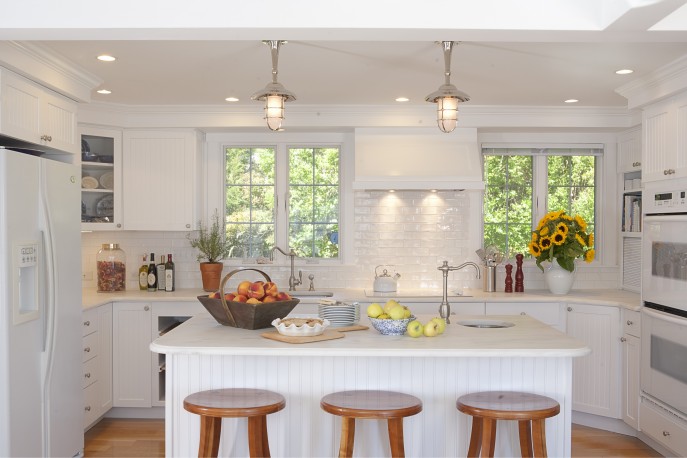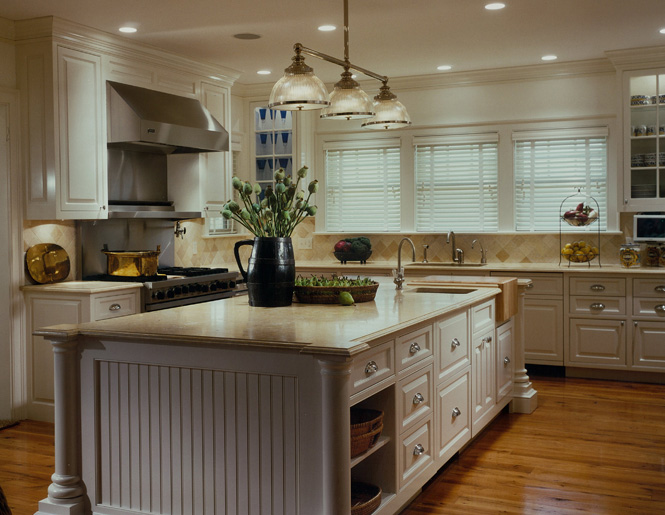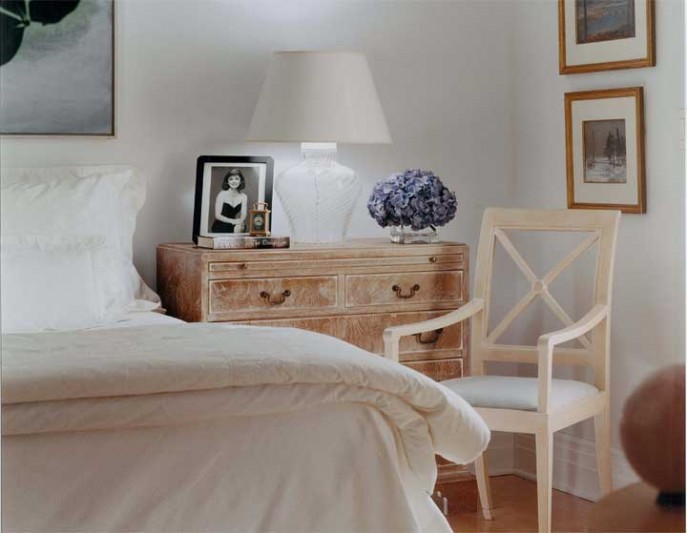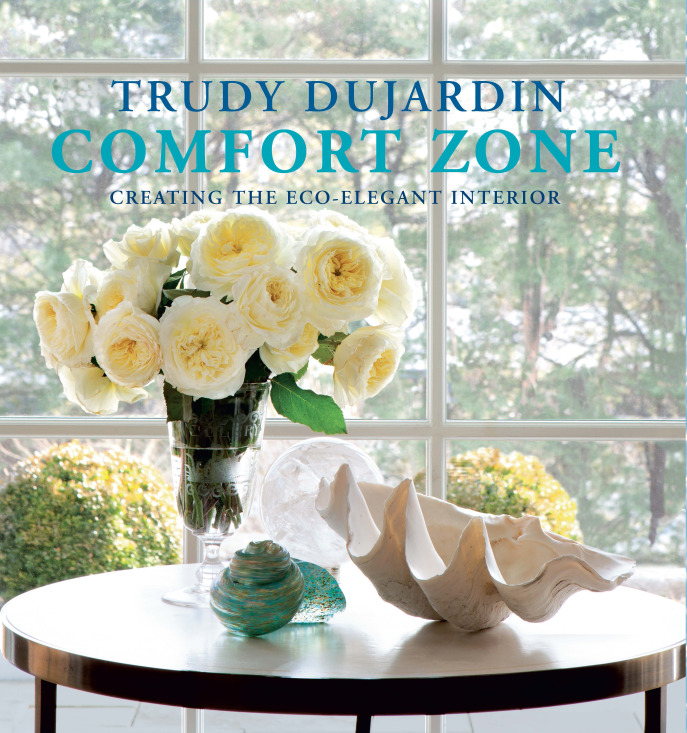
Why write a book?
Writing Comfort Zone: Creating the Eco-Elegant Interior, the book that capsulizes my design work over the past decades and that shares my message on the importance of sustainable design and living, has been one of the most rewarding periods in my career. It has also been one of the most demanding, when combined with a busy professional and personal life!
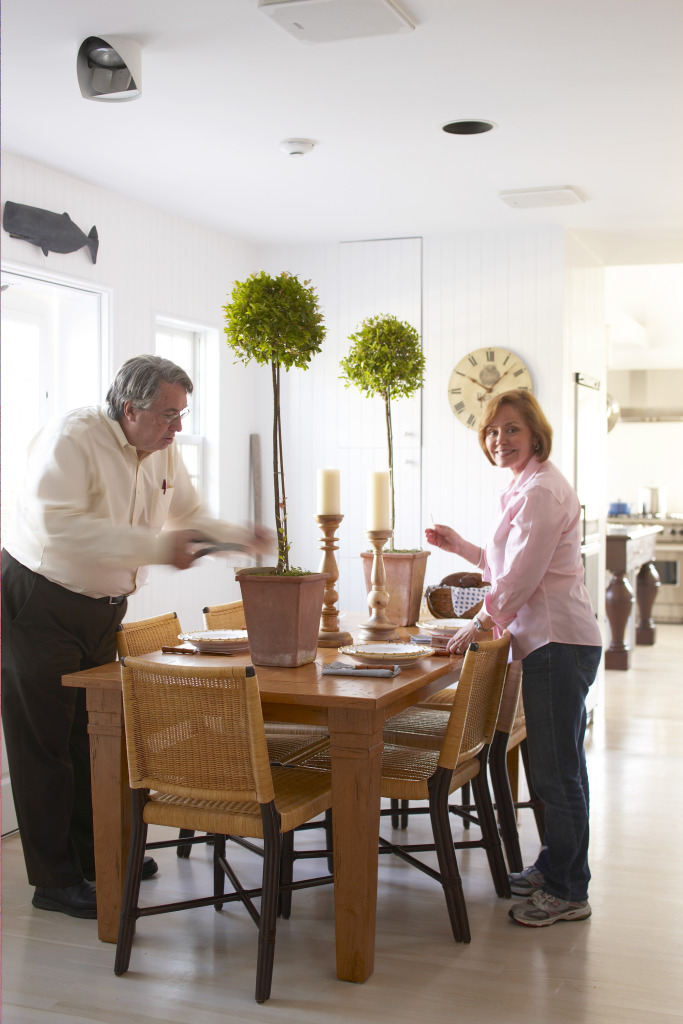
At an installation on Nantucket with Senior Designer Price Connors
Here’s why I did it: I have a story to tell. Part of my story is about the importance of creating a home that is a place where we can rest and restore ourselves, a place of comfort. Part of my story is about the importance of surrounding ourselves with beauty, because beauty elevates our hearts and minds. Beautiful, high-style design is intended to both soothe and inspire.
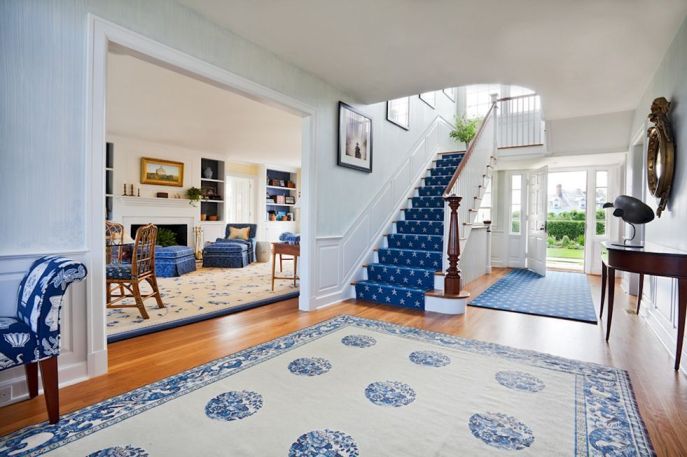
Rooms in a home are not merely functional. When properly appointed, our home’s interiors provide a true background for all the important moments of our lives. How an interior designer assembles a room, piece by piece, is always unique to the individual, and combines the best training, background and experience, our own vision and feeling for a home, and the client’s dreams.
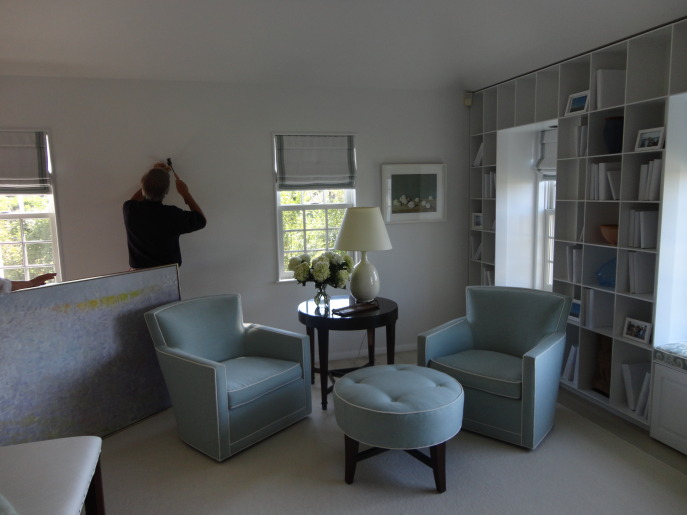
Comfort Zone is a peek behind the curtain: a look at the process, and the results!
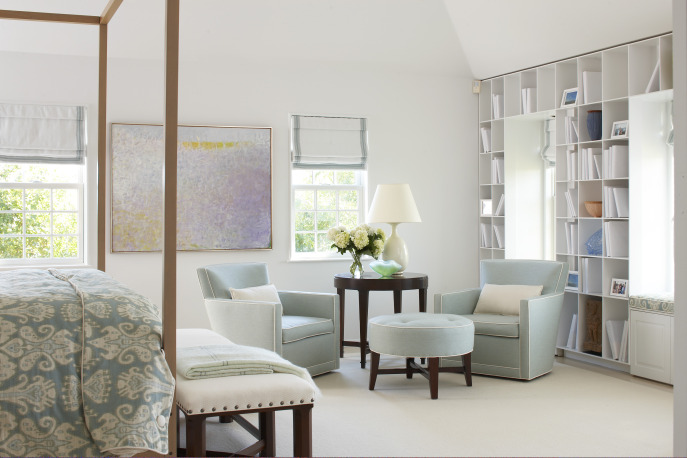
And part of my story, a very large part, is about my belief that having the best means doing the best, for our homes, our health, and the environment.
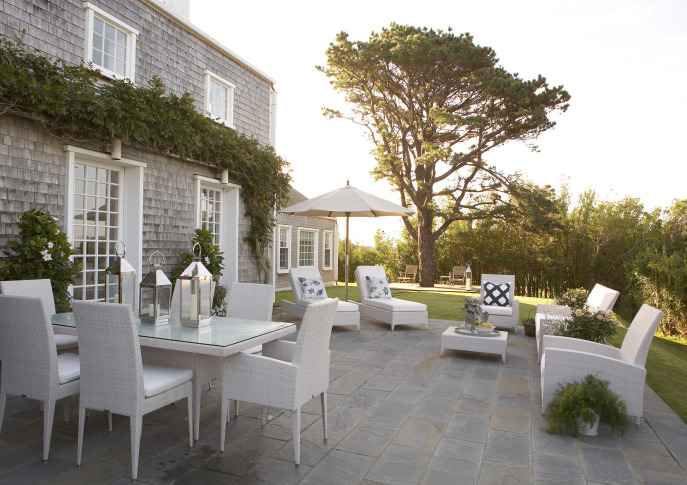
As a LEED Accredited Professional with a specialty in Interior Design and Construction, a public speaker at environmental forums, as well as an adjunct professor at Fairfield University, a large part of my career has been devoted to educating clients, students and friends about the importance of living “green.” I agree with the wisdom of author Rita Mae Brown, who said, “I believe you are your work. Don’t trade the stuff of your life, time, for nothing more than dollars. That’s a rotten bargain.”
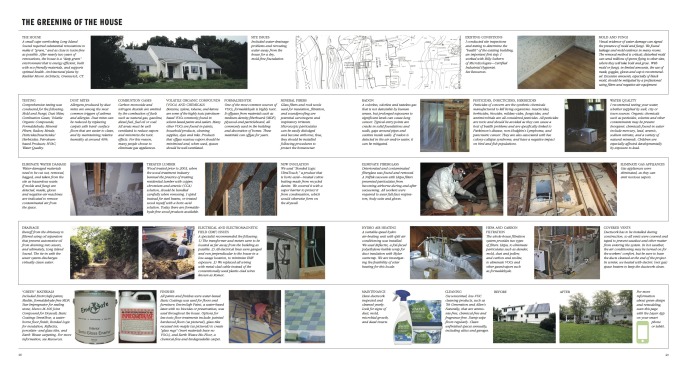
Comfort Zone shares my knowledge about how to create a healthy home, knowledge I’ve accumulated over a lifetime. There is a wealth of information, including step by step plans for renovating your own home sustainably. You can read it to find out more about why antique furniture is a surprisingly eco-friendly addition to your home, or why you should consider No-VOC paints, organic wool carpets and FSC-certified woods. You can learn how to make a home lightly green, moderately green, or deeply green. You can read it simply as a beautiful design book, but all the information is there to help you live more healthfully.
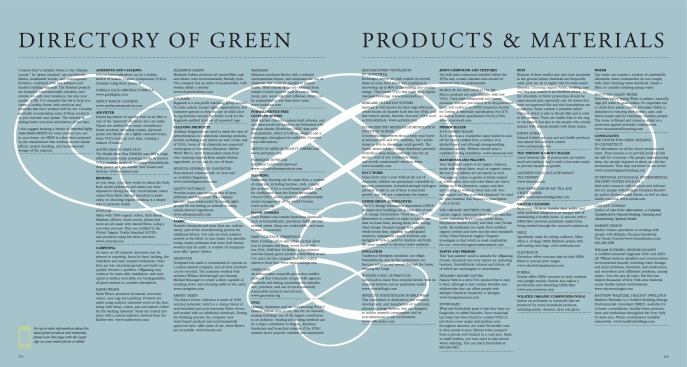
Perhaps the most valuable page or two is a directory of green products and services, my carefully vetted list of sustainable resources. An up-to-the-minute feature is an app called Layar, interactive print technology that adds a touch of magic. By downloading the Layar app to your smart phone or tablet, you can hover above any of six pages in the book and Layar will take you to additional on-line information. That information that will be updated regularly so that you will always have access to the latest ideas, products and thoughts on eco-elegant living.
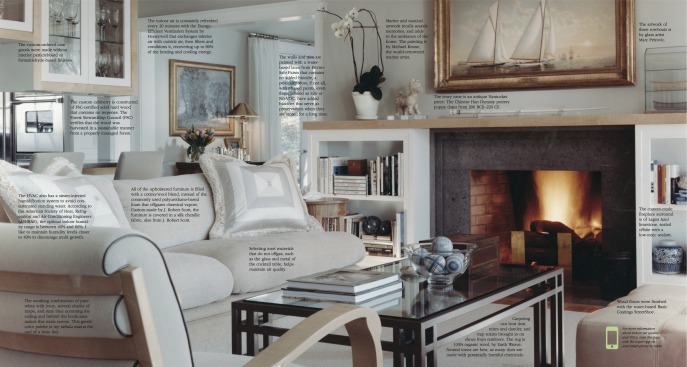
Of course Comfort Zone was created using acid -free, FSC-certified cotton cloth covers and interior vellums, and printed with vegetable-based ink from renewable sources. Next month’s posts will describe more about my trip to Venice to oversee the latest in eco-responsible printing processes there.
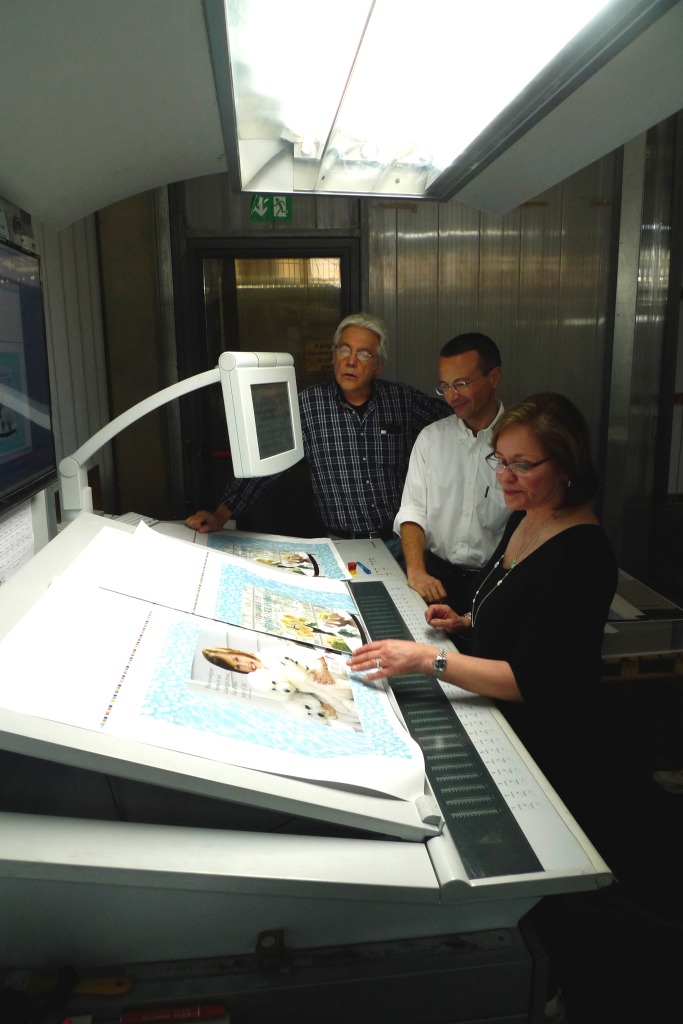
Last, the book itself was designed to be a lovely piece of art. Book designer Stafford Cliff, part of the wonderful team at Pointed Leaf Press, publishers of Comfort Zone, brought my ideas to life with his intuitive understanding of my work, and my passion for the earth.
He and the very talented Dominick Santise produced the stunning end papers, vellums, and details that make Comfort Zone the treasure that it is. I will always be grateful for the way their hearts and hands contributed to this work.
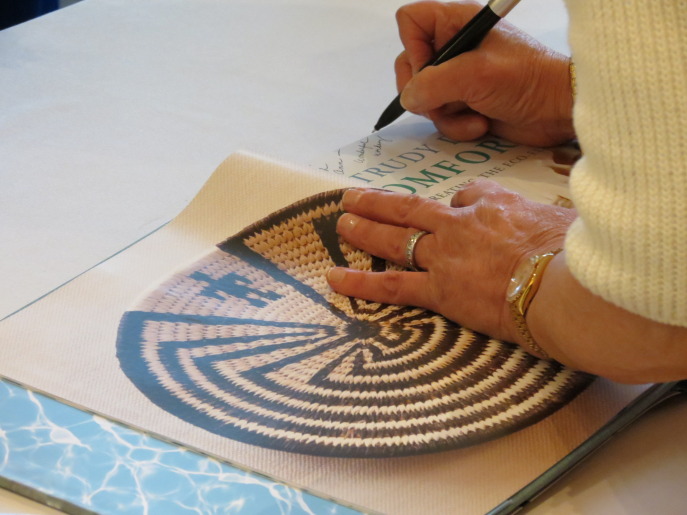
A famous American architect, Daniel Burnham, said, “Make no little plans; they have no magic to stir men’s blood…Make big plans; aim high in hope and work.” I have aimed high in hope and work with Comfort Zone. I want you to aim high in hope and work in making your home a healthy sanctuary for yourselves, your families, your pets and your friends.
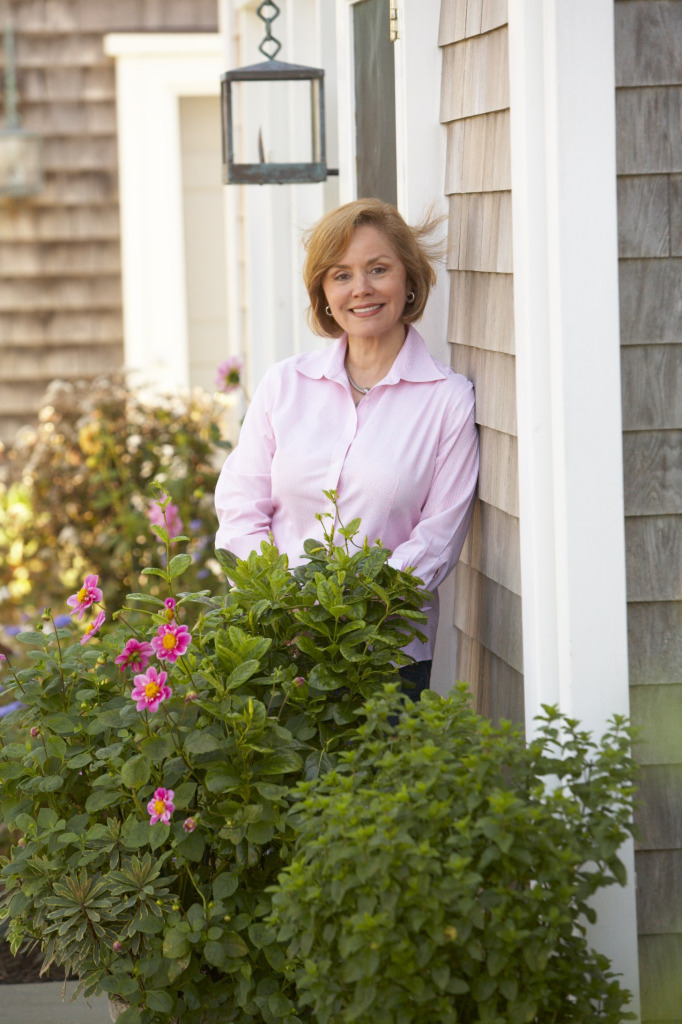
Because A Healthy Home is the Ultimate Luxury. (TM)
Comfort Zone: Creating the Eco-Elegant Interior is available online at Amazon, at Barnes and Noble, or through Pointed Leaf Press. You can also find it at your own local book store, or ask to have it ordered there.
Happy reading!





